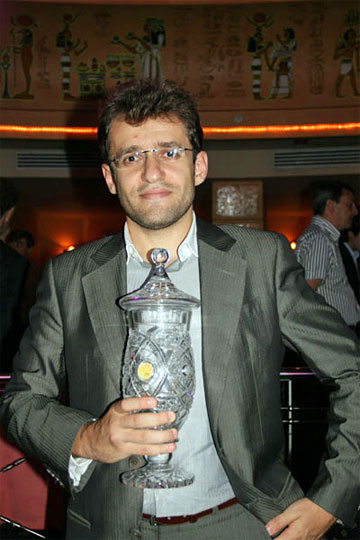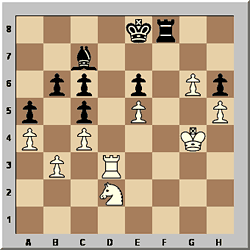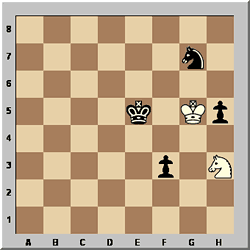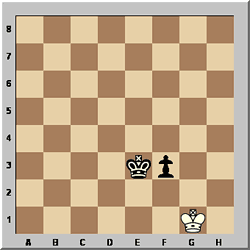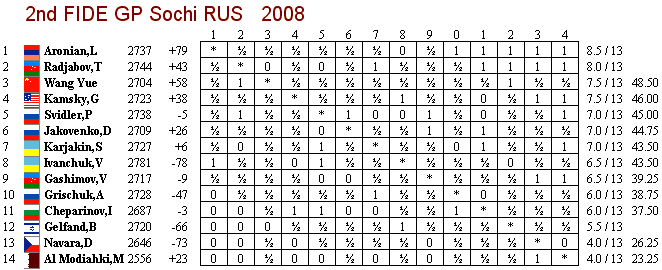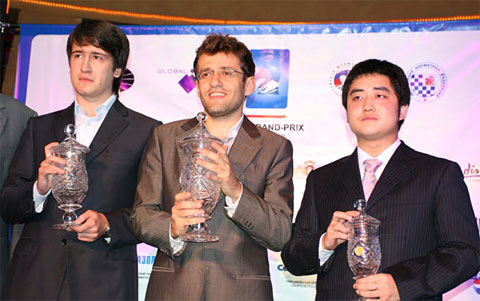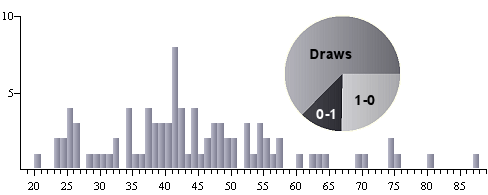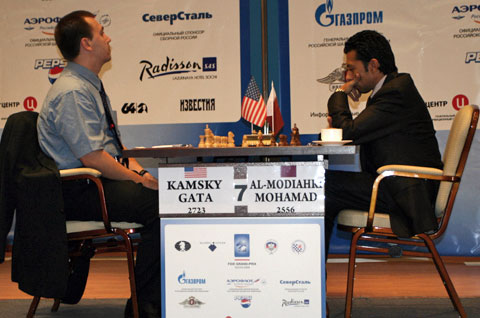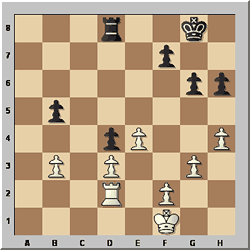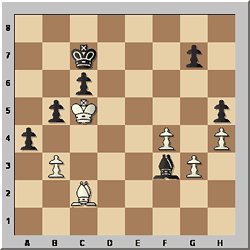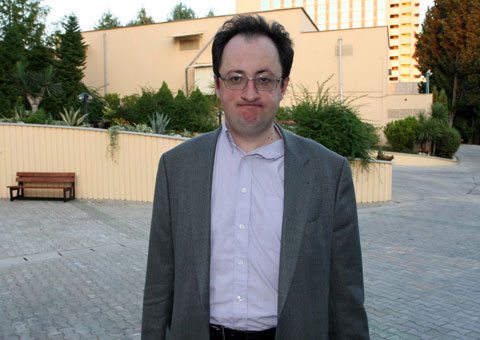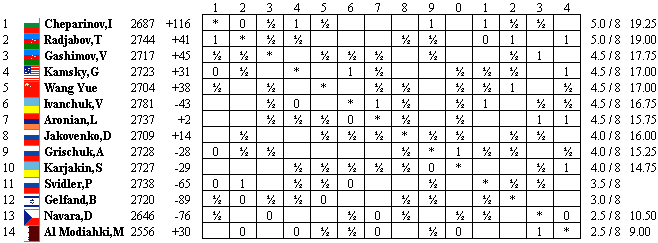Wesley So wins gold at World Youth Chess Olympiad
By Rene Bonsubre, Jr.
The Philippine Under-16 Chess Team scored a total of 27 points after ten rounds at the World Youth Under 16 Chess Olympiad held in Turkey and was good enough for third place. The team is composed of Wesley So, Haridas Pascua, Alcon John Datu and Jan Emmanuel Garcia.
India, the defending champion, won on a tiebreak against second place Russia. Both teams have 28 1/2 points. The Philippines earlier scored a 3-1 victory over the fancied Russians in the seventh round of the tournament.
This conquest underscored the character of the team who had lost 1½ - 2½ to India in the sixth round. The Pinoy woodpushers also beat another chess playing nation England in the eighth round by 3-1. They scored a 3-1 win over the Turkish Isek Aquamatch chess club in their final match.
Filipino prodigy Grandmaster Wesley So was the top scorer among the Board One players with 8 wins, two draws and no losses beating Eltaj Safarli of Azerbaijan (7 pts.) and Aleksandr Shimanov of Russia (7.5 pts.). This gold medal winning effort will provide a much needed analgesic for our wounded sports pride after a disastrous Beijing Summer Olympics.
Our sports officials and corporate sponsors should provide more support to chess. We used to have the best chess players in Asia. Eugene Torre was Asia’s first grandmaster in 1974 and in 1982 became the first Asian to qualify for the Candidates Matches for the 1984 World Championship cycle. We used to top the Asian team championships. But countries like China and India not only caught up with us but surpassed the Filipinos’ achievements. China has been regularly producing prodigies and first broke the Soviet dominance in the female side by winning the World Women’s crown in 1991 courtesy of Xie Jun. The reigning women’s champion Xu Yuhua is also from China.
The reigning World Men’s Champion Viswanathan Anand of India ironically learned the game when he was a six year old student in the Philippines. India and China have the best talent pool in Asia right now.
There were other Pinoy GM’s after Torre – the late Rosendo Balinas, Rogelio Antonio, Nelson Mariano, Bong Villamayor, Mark Paragua and Darwin Laylo. But So is one of a kind. He became the Philippines’ youngest International Master when he was 12 years old and our youngest GM last year. He is the seventh youngest grandmaster in chess history at the age of 14 years, 1 month and 28 days.
So belongs to an elite group of prodigies whose members include Judith Polgar and Peter Leko of Hungary, and Magnus Carlsen of Norway who is currently in the world’s top ten. The youngest grandmaster on record is Sergey Karyakin of the Ukraine who achieved the feat aged 12 years and 7 months.
The late great Bobby Fischer became a grandmaster at age 15 years and 6 months.
One doesn’t need to look far for chess talent. Thousands if not millions of Filipino kids play chess in clubs, school and at home. We do have the inherent “diskarte” that always makes us dangerous opponents on the world stage. What we need now is more financial support for our young talent. Our chess GM’s and IM’s have been teaching school kids but we can do more and develop a better national teaching and development system.The game has changed. Chess masters now depend on computer data bases and chess opening novelties are produced everyday. We need to adopt and use these innovations also to our advantage.
Wesley should also be given more exposure in European tournaments. Anand became an elite player when he started competing against the former Soviets and Eastern Europeans.
Boxing has been labeled as a chess game with blood. Our fighting nature and spirit should make us a chess power once again. But this will need a unified effort from the powers that be. That will be the most difficult game of all.
Source: philboxing.com
 Tal Memorial in Moscow
Tal Memorial in Moscow 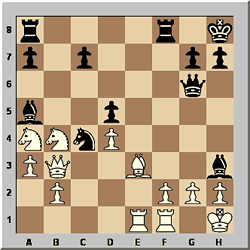
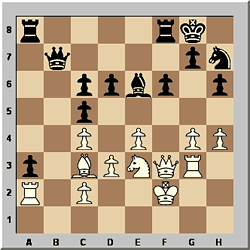
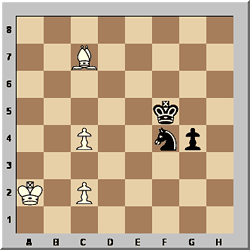
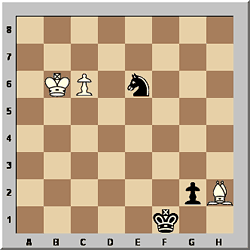
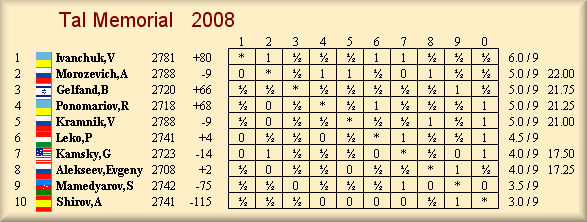
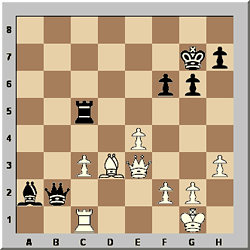
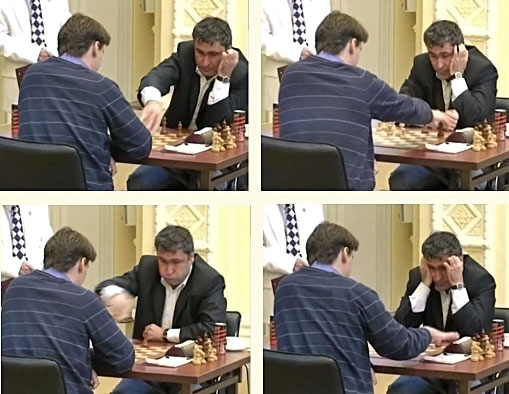
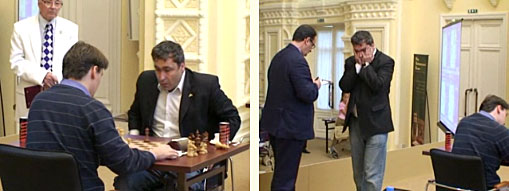
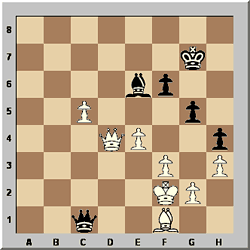
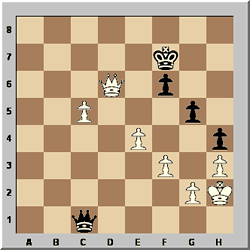
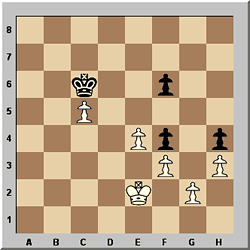











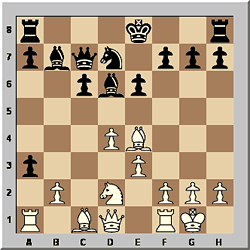
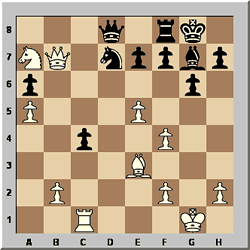






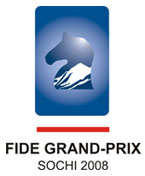 FIDE Grand Prix in Sochi 2008
FIDE Grand Prix in Sochi 2008